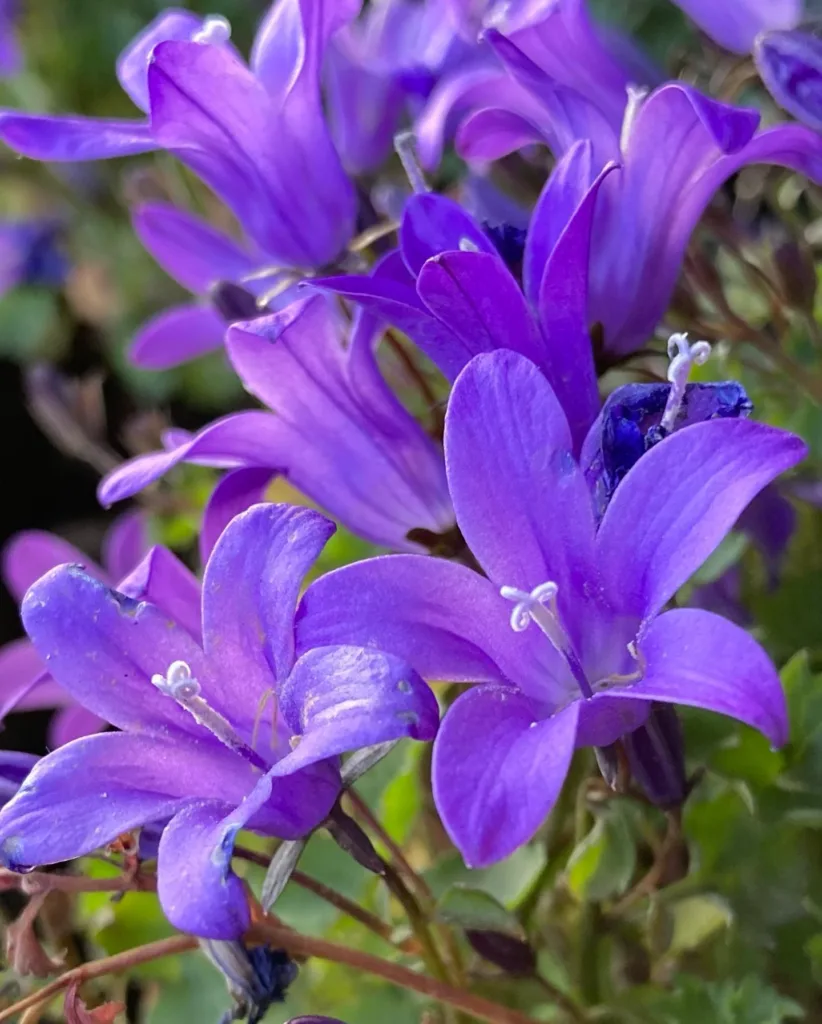FAQs About Crinum Bulbispermum
As a plant enthusiast, I’ve had my fair share of experiences with Crinum Bulbispermum, also known as the Swamp Lily or River Lily. This tropical perennial is renowned for its stunning, trumpet-shaped flowers and its robust nature. If you’re considering adding Crinum Bulbispermum to your garden, you might have several questions. Here’s a comprehensive guide based on my personal experiences and knowledge.
116 Species in Genus Crinum
What Is Crinum Bulbispermum?
Crinum Bulbispermum is a striking plant native to tropical Africa. It’s a member of the Amaryllidaceae family and is known for its large, glossy leaves and beautiful flowers that bloom in shades of pink, white, or red. The plant is particularly valued for its resilience and adaptability to various conditions, making it a favorite among gardeners.
How to Plant Crinum Bulbispermum Bulbs?
Planting Crinum Bulbispermum bulbs is relatively straightforward. Here’s how I’ve done it:
- Choose the Right Spot: Crinum Bulbispermum thrives in full sun to partial shade. It prefers well-drained soil but can tolerate a range of soil types. I’ve found that a spot with morning sun and afternoon shade works well.
- Prepare the Soil: Ensure the soil is loose and enriched with organic matter. I usually mix compost or well-rotted manure into the planting area to improve soil fertility.
- Plant the Bulbs: Dig a hole that’s about twice as deep as the bulb and wide enough to accommodate it. Place the bulb with the pointed end facing up and cover it with soil. The top of the bulb should be level with the soil surface. Water the area thoroughly after planting.
- Watering: Keep the soil consistently moist but not waterlogged. I water my Crinum Bulbispermum regularly, especially during dry spells, to ensure healthy growth.
How to Care for Crinum Bulbispermum?
Caring for Crinum Bulbispermum is relatively easy. Here’s what I do:
- Watering: As mentioned, consistent moisture is key. However, avoid overwatering, which can lead to bulb rot.
- Fertilizing: I feed my Crinum Bulbispermum with a balanced fertilizer once a month during the growing season (spring and summer). This helps promote robust growth and vibrant blooms.
- Pruning: Remove any dead or damaged leaves to maintain the plant’s appearance. I usually do this in late winter or early spring before new growth begins.
- Winter Care: In colder climates, Crinum Bulbispermum might need some protection. I mulch around the base to insulate the bulbs and reduce the risk of frost damage.
How to Propagate Crinum Bulbispermum?
Propagation of Crinum Bulbispermum can be done through bulb offsets. Here’s how I’ve successfully propagated mine:
- Remove Offsets: In late summer or early fall, gently dig up the bulb clump. Separate the offsets from the main bulb.
- Replant: Plant the offsets in new locations or pots, following the same planting instructions as for mature bulbs.
- Care for New Plants: Water and care for the newly planted offsets as you would for mature plants. They’ll eventually develop into full-sized Crinum Bulbispermum plants.
What to Plant with Crinum Bulbispermum?
Crinum Bulbispermum pairs well with a variety of plants. In my garden, I’ve successfully planted it alongside ornamental grasses, hostas, and other tropical perennials. Its bold foliage and striking flowers make it a great backdrop or focal point in mixed borders.
Can You Grow Crinum Bulbispermum Indoors?
Growing Crinum Bulbispermum indoors is challenging due to its size and light requirements. It’s best suited for outdoor gardens where it can receive plenty of sunlight. However, if you have a bright, sunny room and ample space, you might try growing it in a large pot.
Is Crinum Bulbispermum Toxic?
Crinum Bulbispermum is not listed as toxic to humans or pets. However, it’s always a good idea to keep plants out of reach of small children and pets to avoid any potential issues.
Benefits of Crinum Bulbispermum
Crinum Bulbispermum offers several benefits:
- Attractive Foliage and Flowers: Its large, glossy leaves and striking flowers add a tropical touch to any garden.
- Resilient Growth: It’s a hardy plant that can tolerate a range of conditions, making it a low-maintenance choice for gardeners.
- Wildlife Attraction: The flowers attract pollinators like bees and butterflies, enhancing garden biodiversity.
Common Problems
One common issue I’ve encountered with Crinum Bulbispermum is bulb rot, especially in overly wet conditions. To prevent this, ensure proper drainage and avoid waterlogging. Additionally, watch out for pests like aphids or snails, which can sometimes target the plant.
Compare with Similar Plants
Crinum Bulbispermum is often confused with other Crinum species. For instance, Crinum Powelli and Crinum Asiaticum are similar but differ in flower color and size. Crinum Powelli typically has larger, more fragrant flowers, while Crinum Asiaticum has a more compact growth habit.
In summary, Crinum Bulbispermum is a resilient and visually appealing plant that can enhance any garden with its tropical charm. By following these tips on planting, care, and propagation, you can enjoy its beauty for years to come.
If i die, water my plants!



